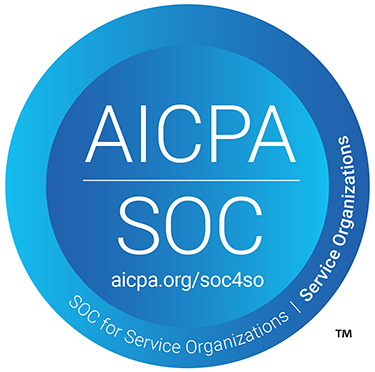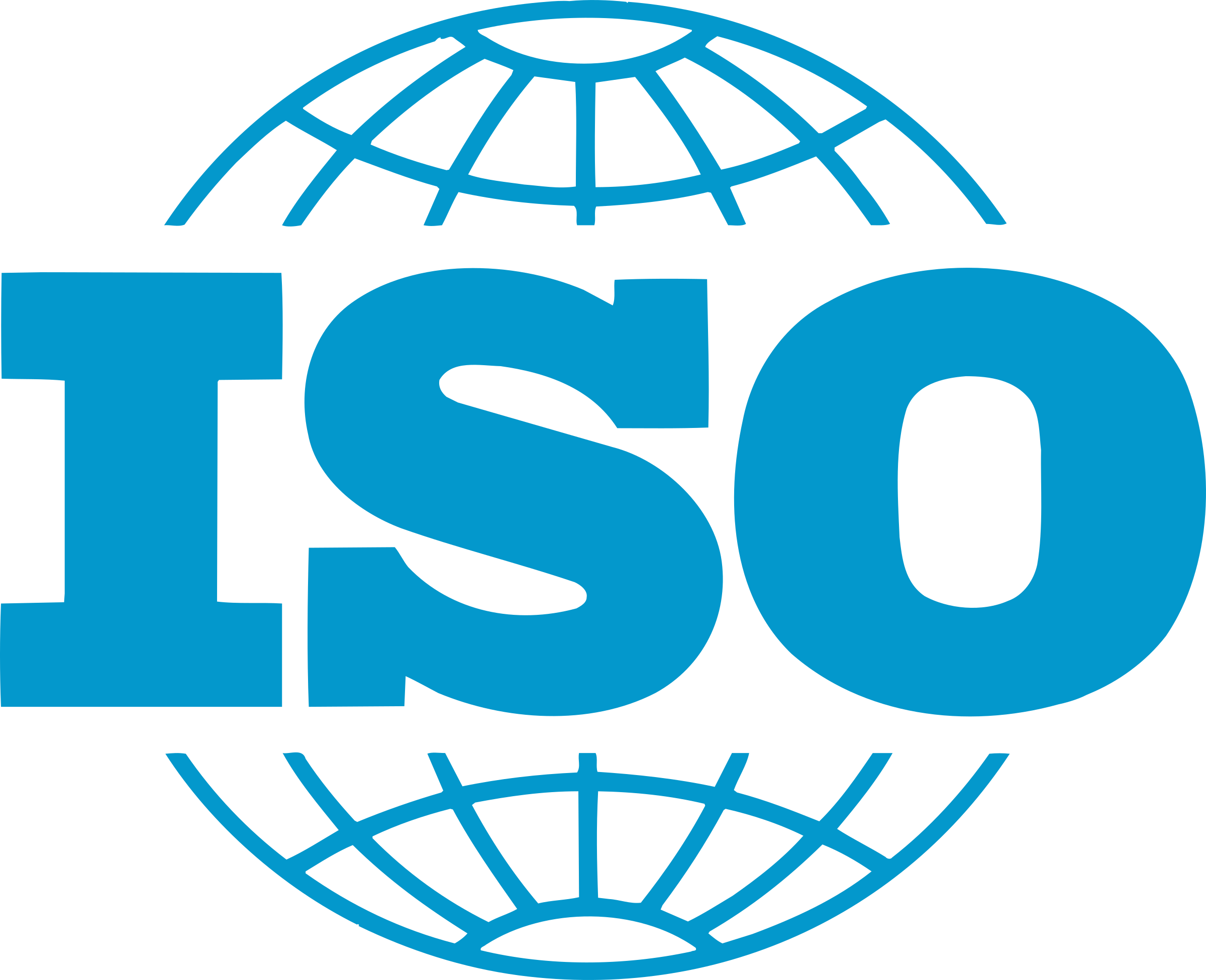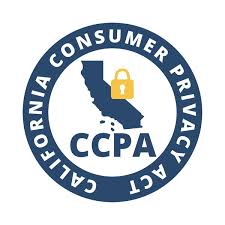Monitoring
A real time updated section for our current security posture. These link directly to our practices and policies.
Resources
Request security resources, such as our compliance reports, penetration test reports and technical overviews.
SOC2 Type II Report
Independent audit confirming our security and operational controls meet SOC 2 requirements. Requires NDA.
ISO27001 Certificate
Accredited certification showing our information security management system aligns with ISO 27001.
Technical Overview (Contract Review)
Provides common technical/security questions. Includes a High Level Architecture Diagram and details on Data Retention, AI Training, RBAC and Encryption. Focused on our AI Contract Review product.
Penetration Test Report
Summary of the most recent penetration test. Requires NDA.
CAIQLite-v4.3
Completed CAIQlite v4.3 assessment provides visibility into our security controls and compliance posture.
Privacy Policy
More background on the data we collect and how it is used
Terms of Service
Ivo's terms for end users
Compliance
We adhere to the highest standards of security.

SOC 2 Type 2
Achieved October 2025

ISO
Achieved October 2025
GDPR
Protect the personal data and privacy of EU citizens for transactions that occur within EU member states

CCPA
California Consumer Privacy Act, is legislation designed to improve the data privacy of California residents
Subprocessors
Our third-party service providers who process data in order to help deliver our core services.
Microsoft Azure
Cloud infrastructure provider virtual machines and AI model hosting.
Google Cloud Platform
Cloud infrastructure provider supporting database storage, virtual machines, containerized environments, and AI model hosting.
Pylon
B2B customer relationship management and data analytics services.

Sentry
Application logs, monitoring and error collection services.
OpenAI
Artificial intelligence and machine learning services.

Anthropic
Artificial intelligence and machine learning services.

Postmark
Email delivery and transactional messaging services.
